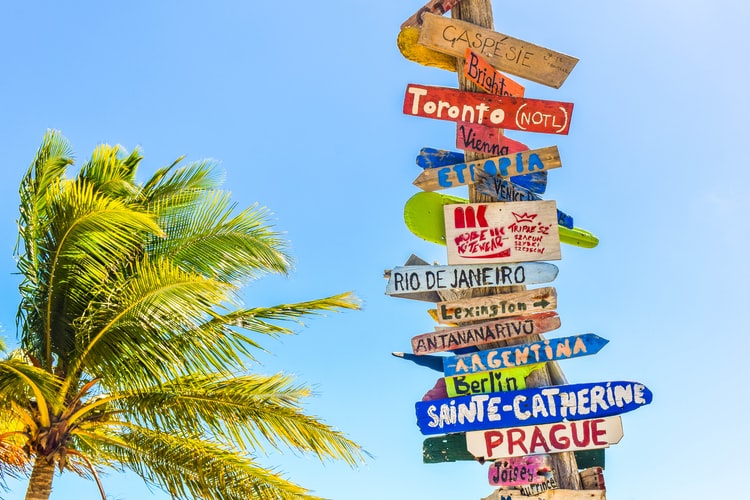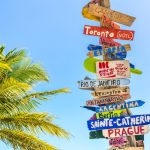“In the end, all business operations can be reduced to three words; people, product, and profits. Unless you have got a good team, you can’t do much with the other two.”
− Lee Lacocca, American Automobile Executive.
The tourists have ever changing demands which the tourism product is required to satisfy for the survival of the tourism industry. Kotler defines a product as it is “anything that can be offered to a market for attention, acquisition, use, or consumption that might satisfy a want or need. It includes physical objects, services, persons, places, organization, and ideas”.
Medlik and Middleton (1973) term tourism products as “a bundle of activities, services, and benefits that constitute the entire tourism experience.” This bundle consists of five components: destination attractions, destination facilities, accessibility, images, and price.
Having been known what the tourism product is, let us see the elements of the tourism product and how the tourism product is developed.
Elements of a Tourism Product
Here is an onion shell diagram that depicts elements of a tourism product. The diagram shows progression of elements from core to outer shell depicting the declining direct management control. It shows that the consumer’s involvement is maximum at the outermost shell. The tourism product is not just presence of all five elements but it is also the interaction of these elements among themselves.

The Physical Plant
It is tangible and is composed of various resources on which the tourism is based. Plainly, the physical plant is nothing but the destination with sound and catchy architecture that enhances tourists’ experience. It can be −
● A natural attraction such as a landscape, wild life, natural structure.
● A man-made attraction such as a resort.
● A fixed property such as an accommodation.
● A mobile property such as a ship or an airbus.
● A natural or manmade condition such as weather, crowd, infrastructure at the destination.
Service
The features or facilities of the physical plant are put to use for the tourists with service. Providing services calls for a major contribution from human resources. It pertains to performing tasks for the benefit and satisfaction of the tourists. For example, serving food in a hotel is a service by the staff there.
Hospitality
It is the attitude with which the service is provided. Hospitality includes performing the service with smile, enthusiasm, untiringly, and with dedication. For example, arranging guest room supplies or serving food or beverage in a presentable manner is a part of hospitality.
Freedom of Choice
It is offering the tourist some acceptable range of options in order to elevate their experience. The degree of freedom varies greatly depending on the type of tourism (pleasure, business, family, or other), the tourist’s budget, previous experience, knowledge, and reliance on a travel agent.
A good tourism product must include some choice for its consumers. By offering some freedom to the tourists, the product gives some sense of control to the tourists. The freedom to choose an airline, a route, a seat, an accommodation, or a restaurant can enhance a tourist’s satisfaction. Freedom also implies good surprises. When the tourists come across unanticipated events, they get the feeling of being very fortunate to be in the right place at the right time, thereby gaining extra value from the visit.
Involvement
It depends upon the quality of inner four elements. These elements prepare the tourists for physical, intellectual, and/or emotional involvement in tourism services. Involvement is not only the physical participation, but also a sense of engagement in an activity- may it be for pleasure or business.
More the involvement of the tourists, more they are interested in striking conversation happily with others, more they are enthusiastic and curious to try out new things, and time passes fast for them.
Thus, a combination of tourists’ involvement, freedom of choice, service with hospitality and perfect destination (with all A’s present) can make the best tourist product.
Key Principles of Tourism Product Development
A tourism product can be of any type from cultural, educational, recreational, heritage site, or a business hub. Tourism Product Development should −
● Be authentic and should reflect the unique attributes of the destination.
● Have the support of the host community.
● Respect the natural and cultural environments.
● Be different from the competitors, avoiding copying developments blindly.
● Be of sufficient scale to make a significant economic contribution, but not very large to create high economic leakage.

